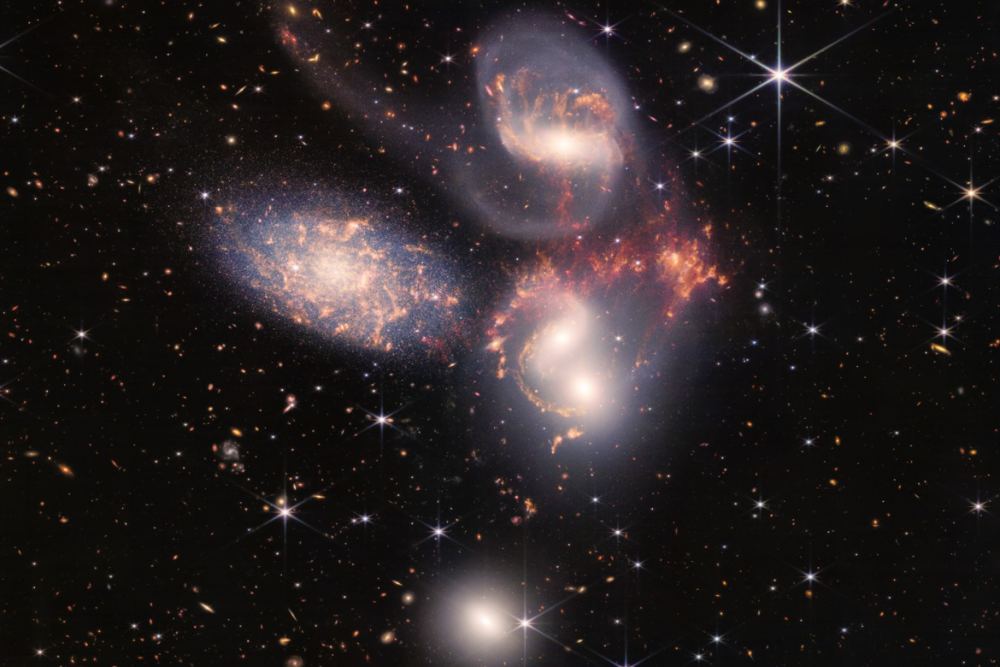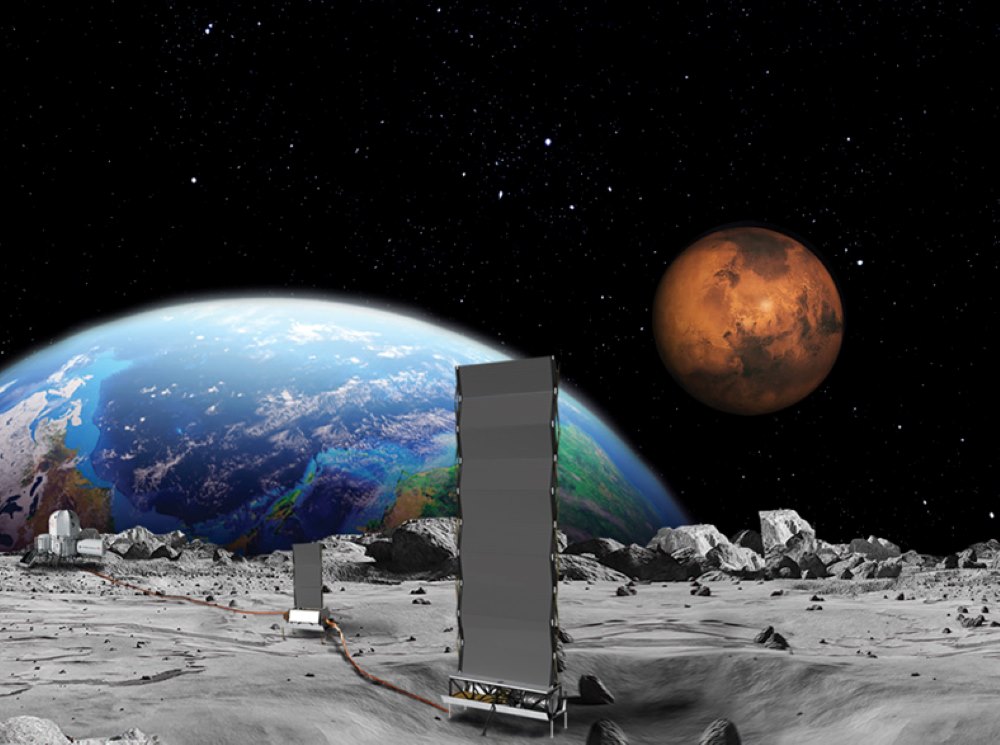What is it about galaxies and dark matter? Most, if not all galaxies are surrounded by halos of this mysterious, unknown, but ubiquitous material. And, it also played a role in galaxy formation. The nature of that role is something astronomers are still figuring out. Today, they’re searching the infant Universe, looking for the tiniest, brightest galaxies. That’s because they could help tell the tale of dark matter’s role in galactic creation.
Continue reading “Webb Can Directly Test One Theory for Dark Matter”How Does the Cosmic Web Drive Galaxy Evolution?
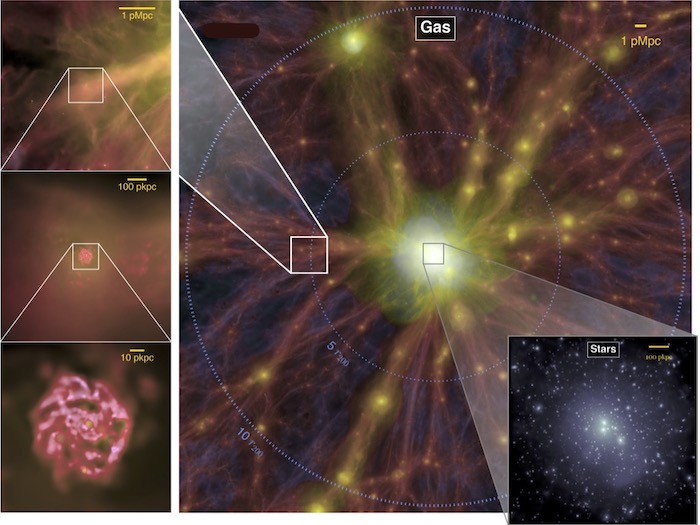
Galaxies experience a long strange trip through the cosmic web as they grow and evolve. It turns out that the neighborhoods they spend time in on the journey change their evolution, and that affects their star formation activity and alters their gas content.
Continue reading “How Does the Cosmic Web Drive Galaxy Evolution?”NASA is One Step Closer to Deploying Fission Reactors on the Moon
What’s the most important thing you need to live and work on the Moon? Power. For NASA’s upcoming Artemis program, getting power to lunar bases is a top priority. That’s why the agency created its Fission Surface Power Project. The idea is to develop concepts for a small nuclear fission reactor to generate electricity on the lunar surface.
Continue reading “NASA is One Step Closer to Deploying Fission Reactors on the Moon”Half the Entire Sky, Seen in X-Rays
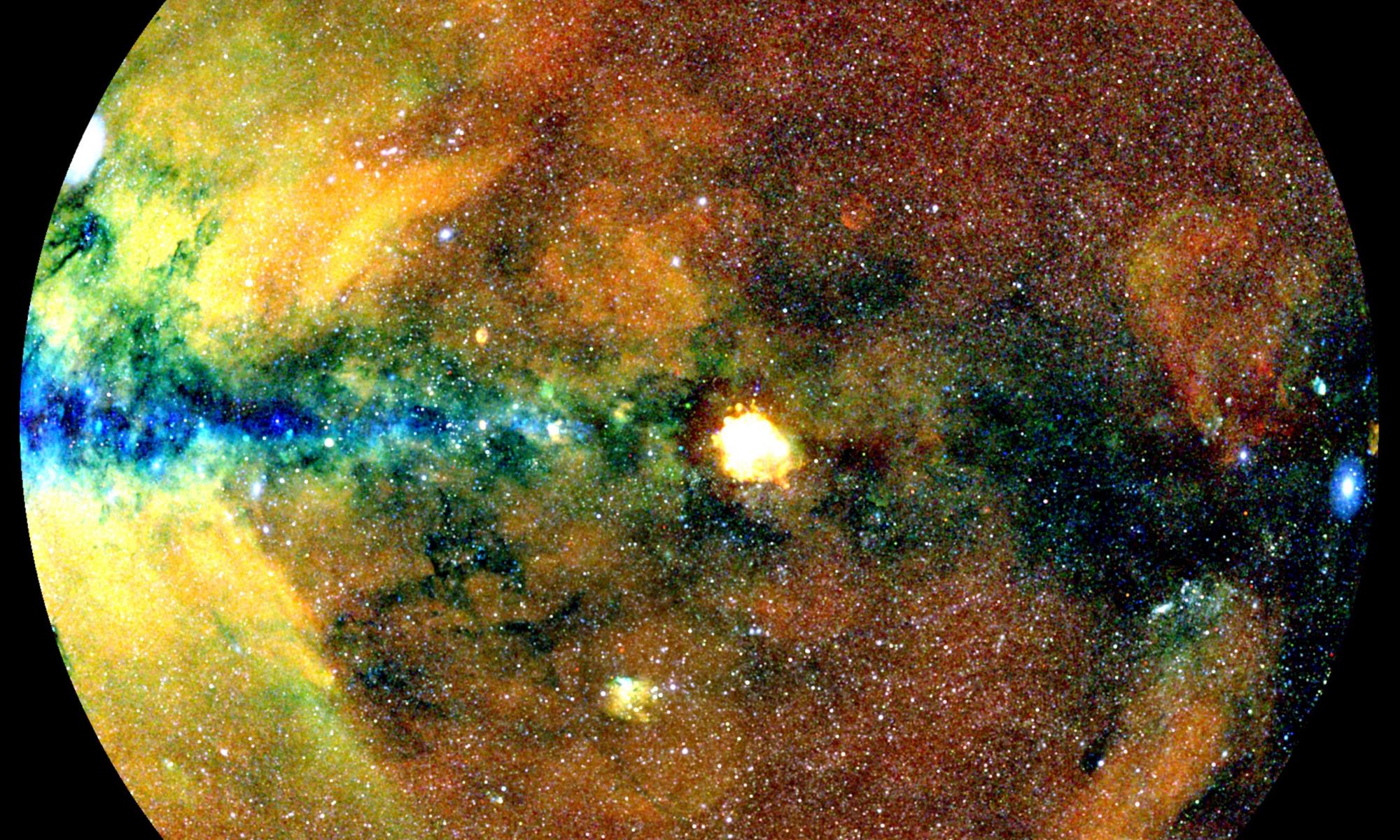
There’s an old trope in science fiction about someone suddenly getting X-ray vision and looking through solid objects. It turns out to be a physical impossibility with our Mark I eyeballs. However, astronomers have found a way around that challenge that lets us study the Universe with X-ray vision.
Continue reading “Half the Entire Sky, Seen in X-Rays”The Aftermath of a Recent Galactic Merger
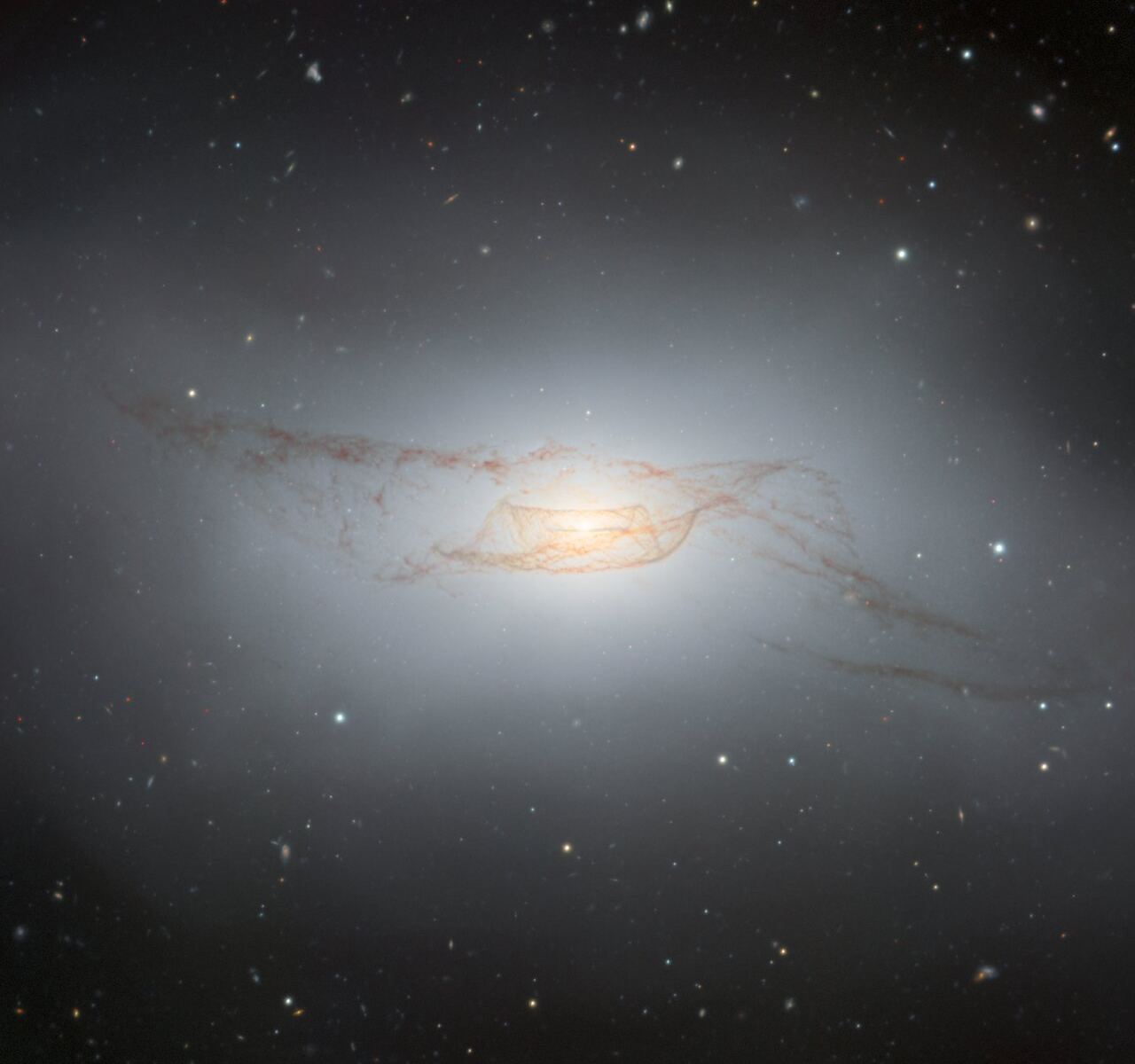
NGC 4753 is a prime example of what happens after a galactic merger. It looks like a twisted mess, with dust lanes looping around the massive galactic nucleus. Astronomers long wondered what happened to this galaxy, and with a sharp new image created by the Gemini South telescope, they can finally explain its tortured past.
Continue reading “The Aftermath of a Recent Galactic Merger”The Space-Based Gravitational Wave Observatory LISA Gets the Green Light
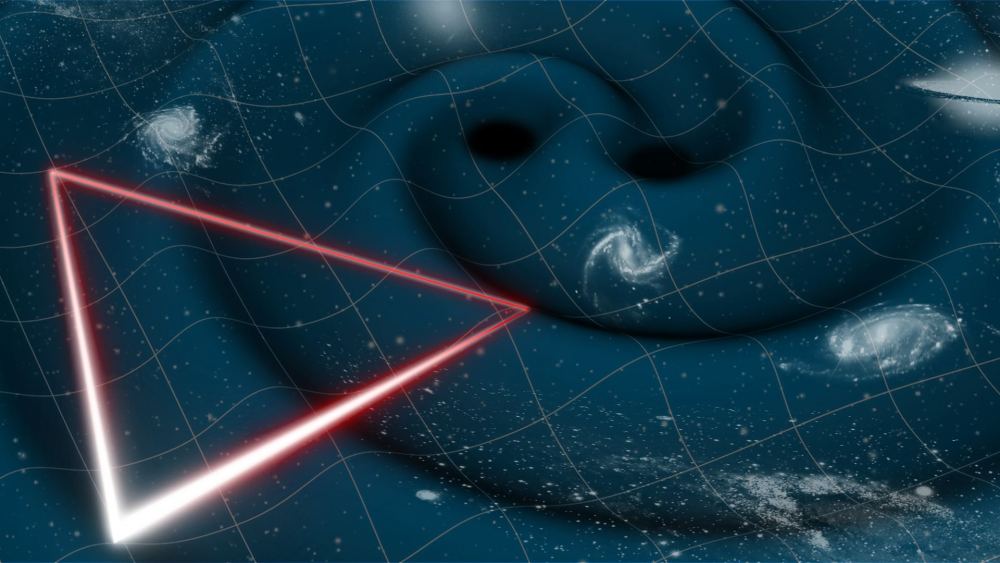
The science of studying gravitational waves just got a big boost thanks to the European Space Agency. Its science program committee just approved the Laser Interferometer Space Antenna—affectionately known as LISA—for official planning and building. That means gravitational wave astronomers will take their next steps to capture information about gravity waves from space.
Continue reading “The Space-Based Gravitational Wave Observatory LISA Gets the Green Light”NASA Gives us an Update on its Long-term Plans for the Moon and Mars
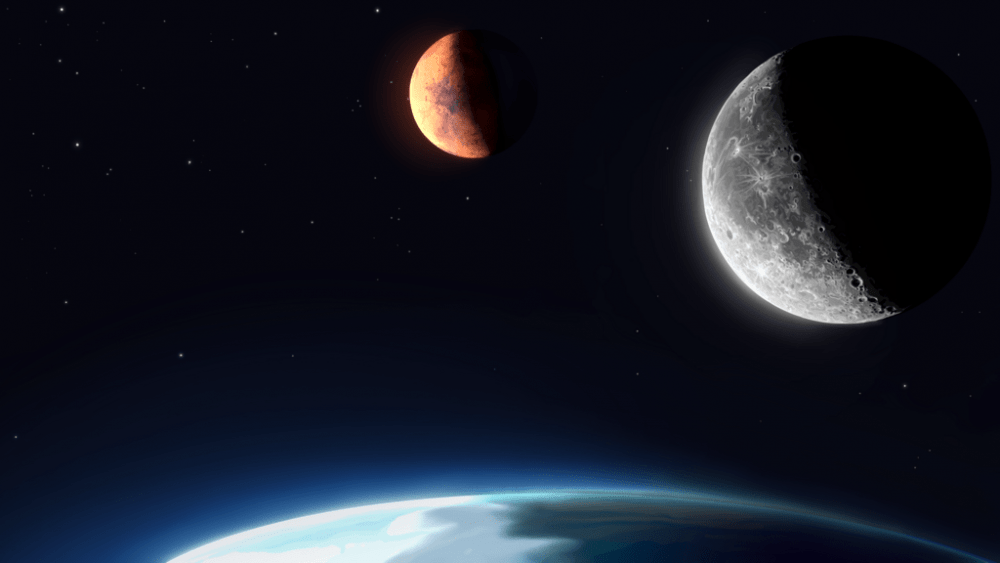
Going to Mars is a major step in space exploration. It’s not a quick jaunt nor will it be easy to accomplish. The trip is already in the planning stages, and there’s a good chance it’ll happen in the next decade or so. That’s why NASA and other agencies have detailed mission scenarios in place, starting with trips to the Moon. Recently, NASA updated its “Moon to Mars Architecture” documents, including a closer look at some key decisions about Mars exploration.
Continue reading “NASA Gives us an Update on its Long-term Plans for the Moon and Mars”The Moon is Still Shrinking, Explaining Why it Still Has Landslides
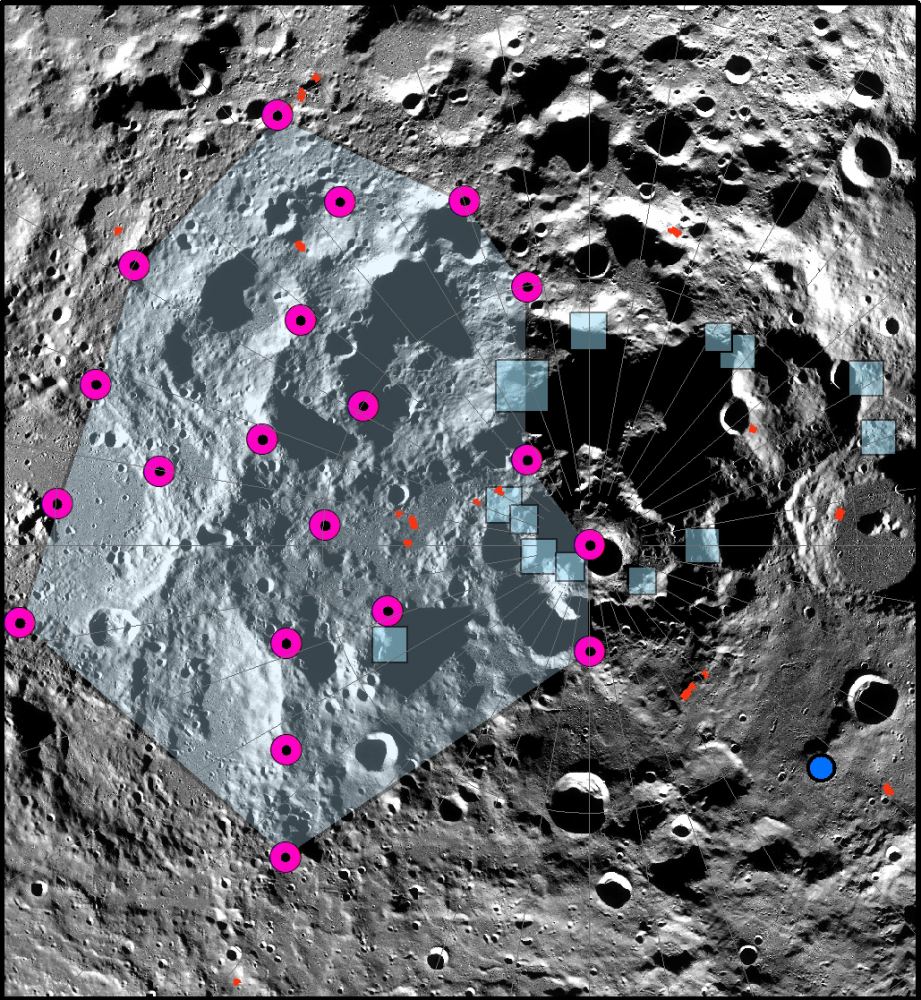
Although our Moon formed 4.5 billion years ago, it’s still evolving. The interior continues to cool and its orbit is slowly changing. As a result, the Moon has lost 150 feet of its circumference. That shrinkage contributes to near-constant moonquakes, and those trigger landslides and other surface changes. The Moon is currently uninhabited, but all that activity threatens future Artemis landing sites and missions at the South Pole.
Continue reading “The Moon is Still Shrinking, Explaining Why it Still Has Landslides”This is the Oldest Black Hole Ever Seen
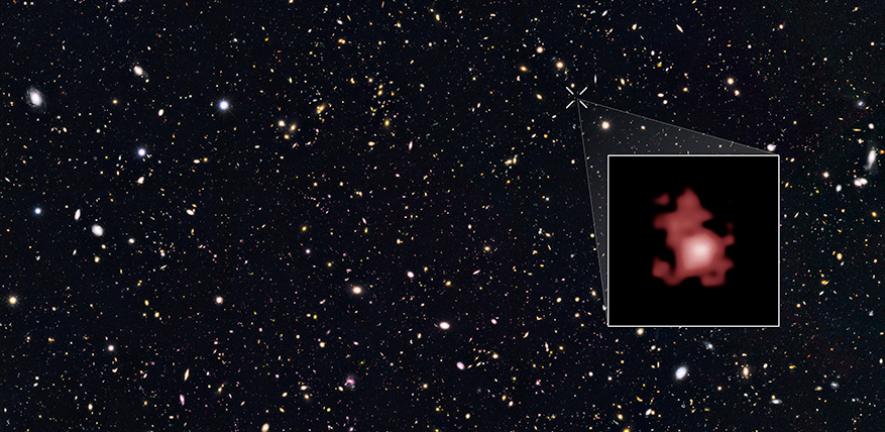
There’s an incredibly ancient black hole out there that’s challenging astronomers to explain how it could exist only 400 million years after the Big Bang. It’s at the heart of a galaxy called GN-z11. Astronomers using JWST saw evidence of it gobbling up that galaxy, which is one way a black hole can grow.
Continue reading “This is the Oldest Black Hole Ever Seen”Diamond Rain on Ice Giants Could Influence Their Magnetic Fields
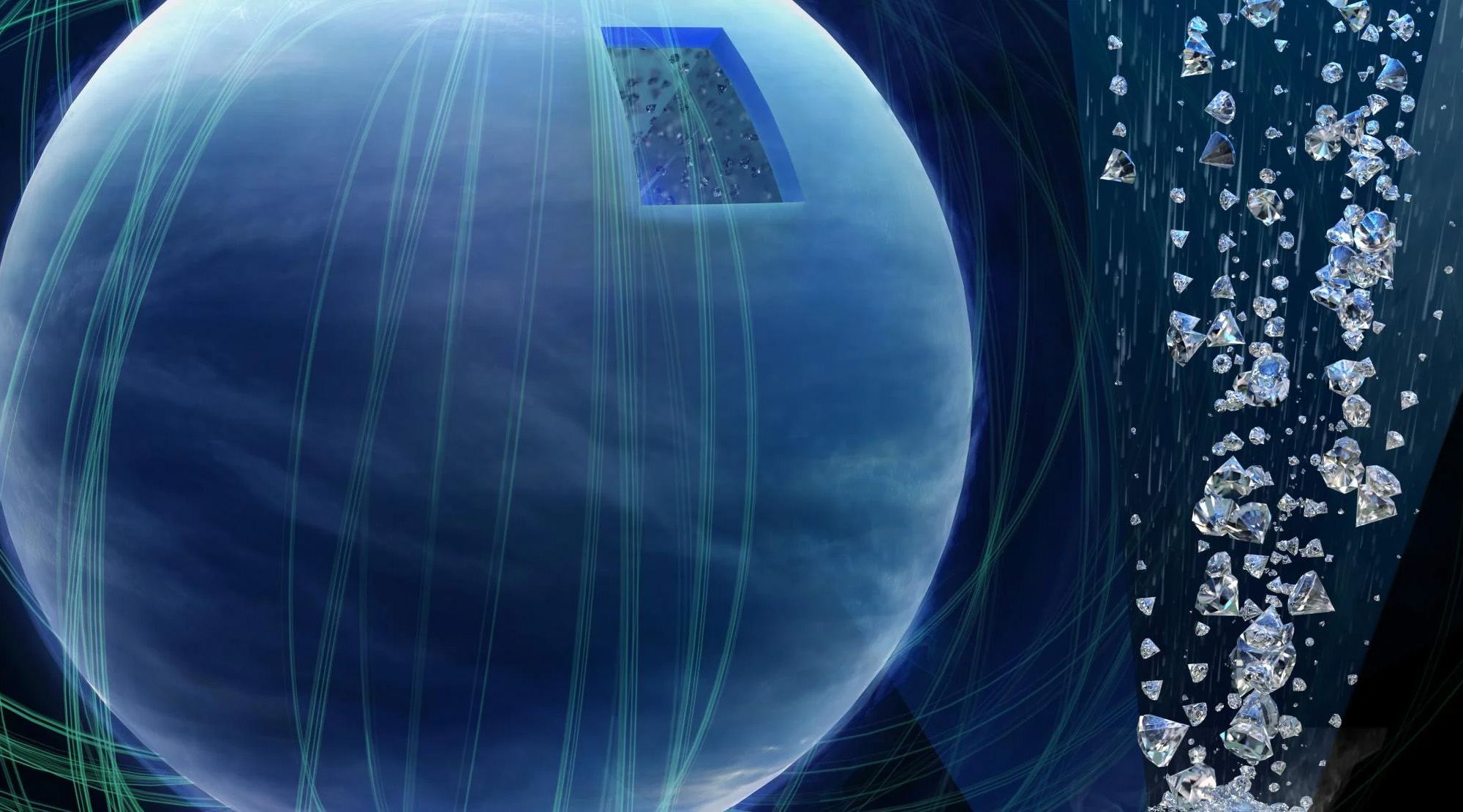
Imagine Jupiter with a diamond core the size of Earth. That’s what science fiction author Arthur C. Clarke described in his novel (and movie) 2010: Odyssey 2. Now, imagine the same thing, but at Uranus and Neptune. In addition to a possible diamond core, diamond rain fills the interior. Scientists at the U.S. Department of Energy’s SLAC National Accelerator Laboratory think they know how these diamonds form on ice-giant planets.
Continue reading “Diamond Rain on Ice Giants Could Influence Their Magnetic Fields”
